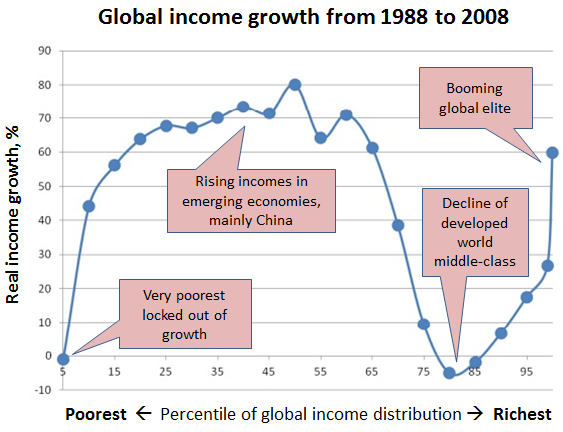It’s too expensive. No one wants to buy it. Laying cables is unprofitable. The government is overreaching. Objections to high-speed fiber broadband today sound like those facing rural electrification during the 1900s. History suggests they’ll prove wrong today as well.
Are there still enough people in rural areas?
The Rural Electrification Administration (REA) was created by executive order as an independent federal bureau in 1935, authorized by the United States Congress in the 1936 Rural Electrification Act, and later in 1939, reorganized as a division of the U.S. Dept. of Agriculture.
– Rural electrification – Wikipedia
- 1930 US rural population = 54M, 43.9% of total
- 1990 US rural population = 61M, 24.8% of total
- 2010 US rural population = 59M, 19.3% of total
– Population: 1790 to 1990 – US Census Bureau
– US Census Bureau – Frequently Asked Questions
So although the percentage of the population in rural areas has dropped about in half, the total number is actually about 10% more.
Is rural netification much more expensive than electrification was?
Before the establishment of the Rural Electrification Administration the reported cost of rural lines, depending on consumer density and on terrain, ranged from $1,500 to $1,800 a mile. The average total cost of R.E.A.-financed lines is now less than $800 a mile. The average estimated construction cost of these Unes has been declining each year, from $904 in 1936 to $858 in 1937, $768 in 1938, and $583 in 1939.
– “Rural Electrification” by Robert T. Beall, Economist, Rural Electrification Administration – US Department of Agriculture
$1,800 in 1934 = $32,430 in 2016
$583 in 1939 = $10,126 in 2016
– CPI Inflation Calculator – US Bureau of Labor Statistics
According to data compiled by the U.S. Department of Transportation, the per-mile costs on all new projects in the United States from over the past 15 years have ranged from $6,800 to as much as $79,000.
– “What is the real cost of fiber networking?” The Firetide Blog
Broadly speaking, the total cost per home ranged from more than $20,000 per location to about $5,000 per location, for densities of up to about 2.5 homes per linear plant mile.
Broadly speaking, when a telco can pass five to 65 locations for every mile of outside plant, the cost per home ranges between $4,000 and $5,000 per location.
– “How Much Does Rural Fiber Really Cost?” Performant Networks Blog
So, actually, 1930s rural electrification and 2016 fiber look to be approximately as expensive after accounting for inflation.
I would hope and expect that a wireless solution (e.g. microwave / WISP internet) should be even cheaper for rural netification (much less digging, much less physical material to produce, move, and place… how could it possibly be significantly worse?). I couldn’t find good numbers though.
Do rural areas even want greater connectivity and the jobs it would enable?
while they’re suspicious of big government, more than three-quarters of the respondents supported a government role in job training, renewable energy, and loans and grants to jumpstart economic development
Only 18 percent of the respondents said they rely on agriculture, farming or ranching for the bulk of their household income.
Nearly 90 percent of the respondents backed job training for the working poor, and loans, tax credits and training to help small businesses and farms prosper.
Seventy-eight percent said they strongly support developing wind, solar and other renewable electric generation in rural areas through tax credits, and investing in new transmission lines.
– “What does rural America want?” Illinois Country Living
. source: The National Rural Electric Cooperative Association (NRECA)
. survey: conducted for the Nebraska-based Center for Rural Affairs by the bipartisan team of Lake Research Partners and The Tarrance Group
